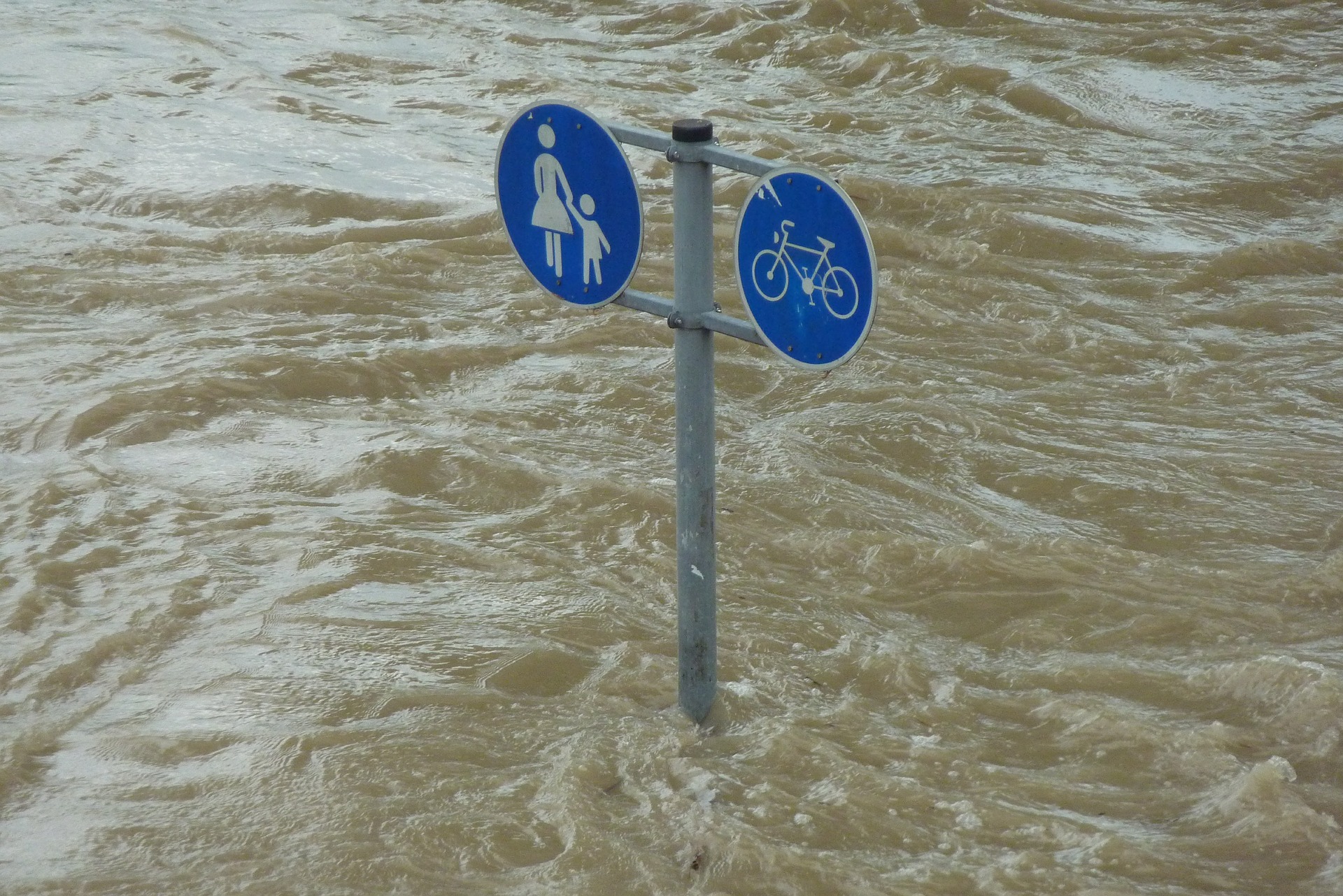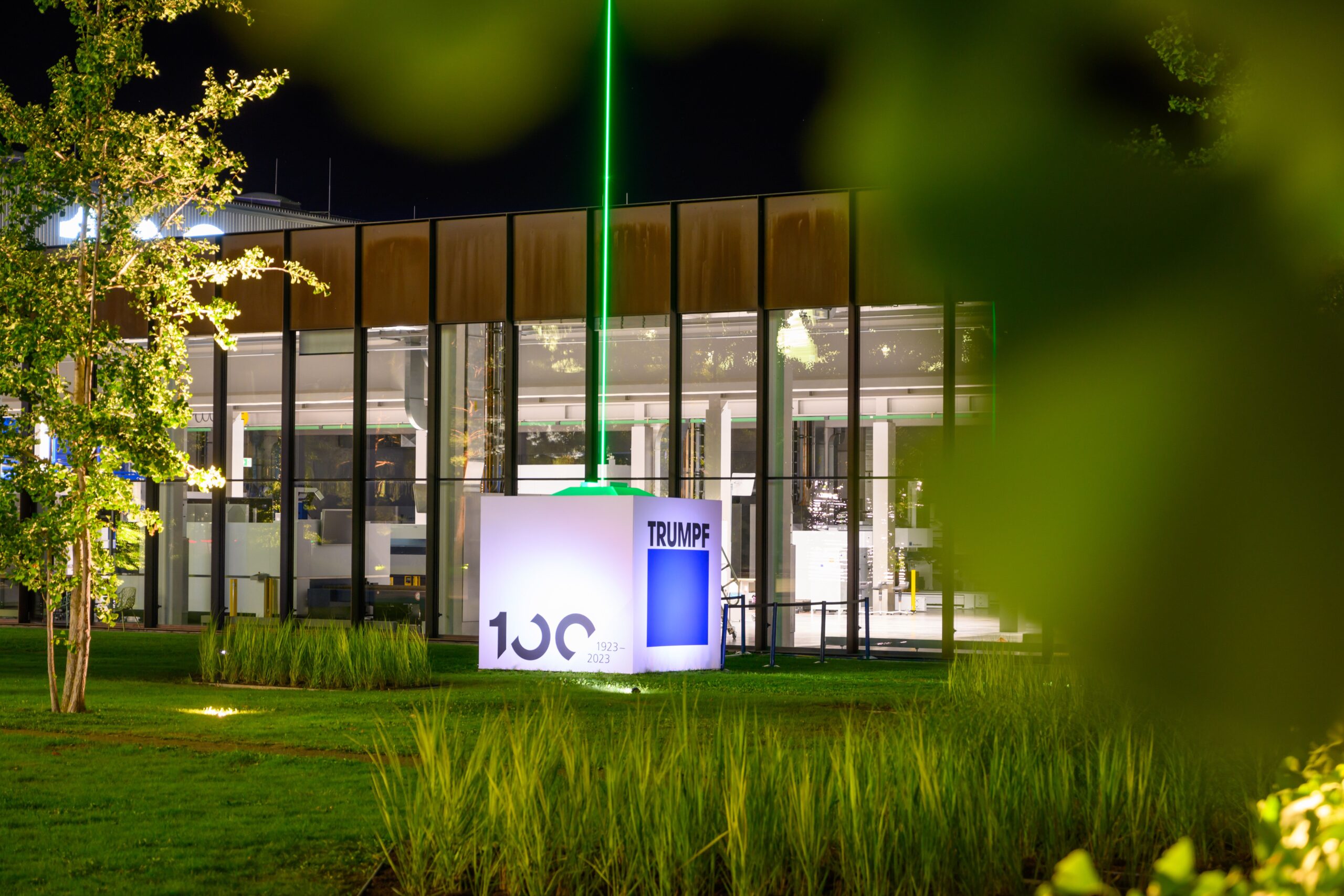Health Impacts of Natural Disasters on Your Manufacturing Facility

When disaster strikes, it can have devastating effects on any manufacturing facility.
The impact of natural disasters — like hurricane-force winds, fires, floodwater and earthquakes aftershocks — and the technological disasters they cause pose serious health risks. Facility employees and the local community may both be at risk. Fortunately, awareness and safety planning can go a long way in keeping both workers and their community safe. Below, we’ll cover how natural disasters can impact the health of a manufacturing facility’s staff, plus the steps that manufacturing facilities can take to prepare for these disasters.
The Immediate and Chronic Health Impacts of Natural Disasters
Often, people will focus primarily on the immediate safety risks and health impacts of a natural disaster — like the dangerous storm surge or high winds that accompany hurricanes. However, a natural disaster can also have serious longer-term health impacts.
Floodwater, for example, can carry a wide range of threats to health and safety — like electrical currents from a downed safety line, contaminants from local sewage systems and infectious bacteria.
It’s not unusual for people who have been exposed to flood water or injured during a flood to develop health conditions like skin rashes, infections, stomach issues and tetanus.
Mental health can also be negatively affected. Many survivors of natural disasters go on to develop conditions like PTSD. Even those who don’t can still suffer with the long-term effects of the acute stress from surviving a natural disaster.
The disaster, depending on its severity, may also affect the local supply chain, leading to shortages of essential drugs and medical supplies.
Follow-up care and access to health resources for survivors of the disaster will be essential — both immediately after a disaster is over, and in the weeks or months following.
For managers and facility owners, familiarity with local health resources can help ensure that employees who live through a natural disaster can receive the best care possible.
Disaster Preparedness for Manufacturing Facilities
Better weather forecasting techniques and new technology like IoT weather sensors may result in disasters becoming easier to predict — which could give manufacturing facilities more time to prepare for extreme weather events.
Building a culture of safety and disaster response plans long before a disaster is about to strike, however, will be essential for facilities wanting to keep their workers safe.
OSHA’s key disaster preparedness requirements — like the creation of emergency action plans and fire safety plans — create a solid foundation for facilities wanting to prepare themselves for natural disasters.
Creating an emergency chain of command and a post-evacuation protocol will also help facility staff manage evacuations, sheltering and accounting for employees after a disaster is over.
Safety training should ensure that employees know where to go when they need to gather during a fire, or shelter during a storm. Site signage can also help employees identify where to go in the event of a disaster, but it won’t be a replacement for regular safety training.
Manufacturing facilities should also be aware of any potential for “natech” disasters, or natural hazard-induced technological disasters. These are industrial incidents caused when a natural disaster strikes — for example, when waste chemicals leak from a damaged manufacturing plant into local waterways.
Identifying potential safety risks in and around the facility can also be a major help. Heavy equipment, for example, plate glass windows, high-voltage cable and overhead lights can all become safety risks when a building is subject to earthquakes, flooding or extreme winds.
Taking steps to limit the damage these safety risks can cause — by securing large objects or installing storm shutters, for example — may help to protect workers during a disaster.
Protecting Worker Health During and After a Natural Disaster
Disaster preparedness can go a long way in keeping employees safe, both during and after a natural disaster.Safety plans, safety equipment like storm shutters and knowledge of local health resources can all help reduce or manage the health risks that natural disasters pose. Understanding how disasters can impact community and individual health — like how floodwater can cause infection and injury — may also help a facility’s managers prepare for these disasters.
Bio:
Jane is the founder and editor-in-chief of Environment.co where she covers topics in green technology, energy and environmental sustainability.





